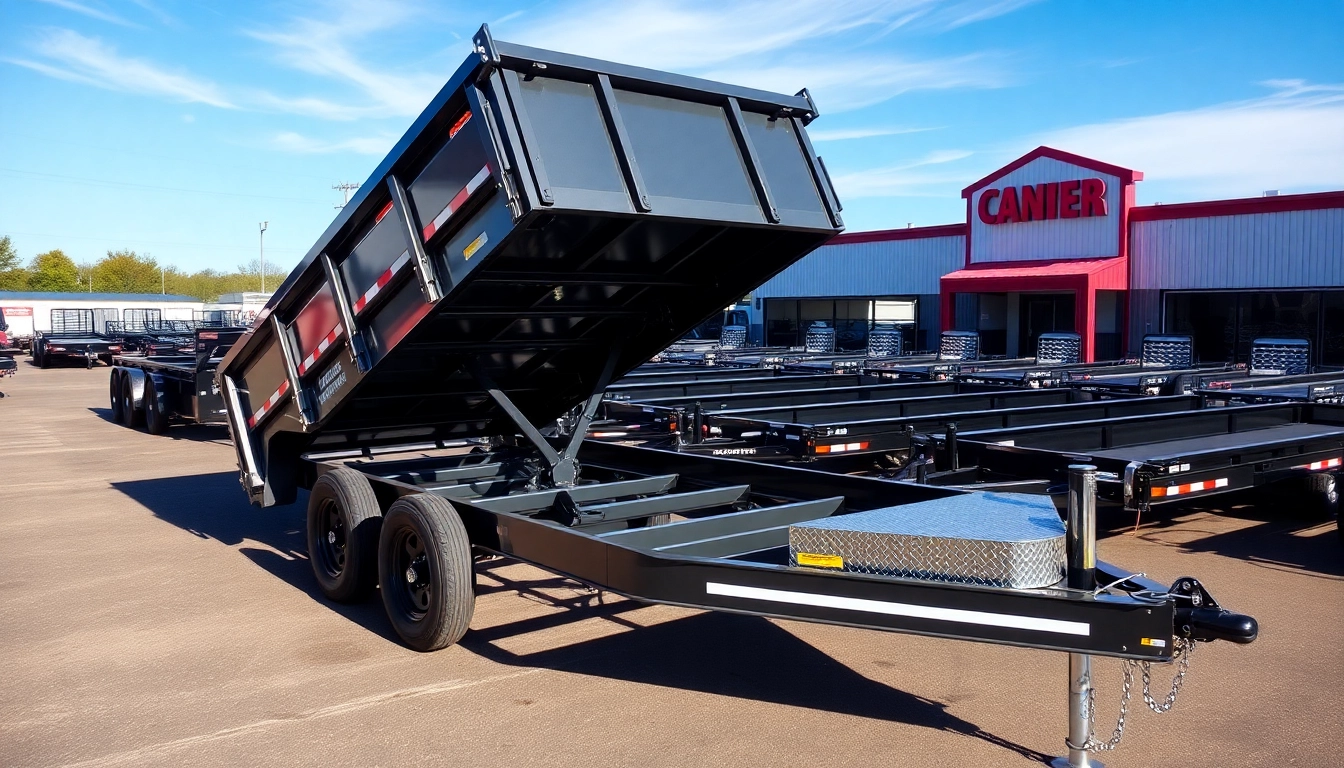What is Part Exchange?
Definition and Concept of Part Exchange
Part exchange is a trading arrangement in which a customer uses an existing item as part payment for a new one, reducing the overall cash needed for the purchase. Commonly associated with the automotive industry, part exchange allows car buyers to trade in their old vehicle and use its value towards a new purchase. This arrangement simplifies the buying process by enabling customers to avoid the hassle of selling their previous vehicle privately.
When discussing Part Exchange, it’s important to understand that the concept extends beyond just cars. It can also apply to real estate, electronics, and other consumer goods. In a broader sense, part exchange can be seen as a barter system, benefiting both parties involved by facilitating smoother transactions.
History and Evolution of Part Exchange Practices
The practice of part exchange can be traced back to ancient trading systems where individuals would swap goods directly. However, its modern context began to take shape in the automotive industry in the early 20th century. Car dealerships realized that offering part exchanges could attract more customers who preferred convenience over the time-consuming process of finding private buyers.
Over the years, as consumer behavior evolved and technology advanced, so did part exchange practices. The introduction of online platforms revolutionized the way dealerships assessed trade-in values. Today, many dealerships use sophisticated software that factors in real-time market data, enhancing transparency and value assessment for consumers. This evolution has made part exchange a viable option for various sectors beyond automobiles, significantly streamlining the purchasing process.
Types of Part Exchange Deals
There are several types of part exchange deals, particularly in the automotive industry:
- Standard Part Exchange: The most common form, where the dealer assesses the value of the old vehicle and deducts that amount from the new purchase price.
- Plus Cash Part Exchange: This occurs when the trade-in vehicle’s value is lower than the desired new vehicle, requiring the buyer to pay the difference in cash.
- Negative Equity Part Exchange: In some cases, buyers might owe more on their current vehicle than it is worth. Dealers will often roll this negative equity into the financing of the new car.
Understanding the different types of deals can help consumers make more informed decisions and choose the best option for their financial situation.
Benefits of Part Exchange
Convenience and Time Savings
One of the primary benefits of part exchange is the convenience it offers. Selling a vehicle privately can be time-consuming, involving advertisements, viewings, and negotiations with potential buyers. In contrast, part exchange allows for a quick transaction, often completed in a matter of hours. Customers can test drive their desired vehicle, agree on a trade-in value, and drive off with their new car, all in one visit.
This efficiency is especially beneficial for those who may not have the time to engage in the lengthy process of selling a vehicle privately or for individuals who prefer a hassle-free experience.
Financial Advantages When Trading Cars
From a financial standpoint, part exchange can offer several advantages. First, the trade-in value of the previous vehicle can serve as a significant down payment on the new one, reducing the overall financing amount. This can lead to lower monthly payments and potentially lower interest rates, thereby saving buyers money in the long term.
Additionally, transactions carried out through dealerships often include warranties and after-sale services, further enhancing the value of the part exchange deal. Some dealerships also offer promotional deals that can maximize the value received for a trade-in, making part exchange financially appealing.
Reduced Hassle Compared to Private Sales
Part of the appeal of using a part exchange system is the reduced hassle when compared to private sales. When selling a vehicle privately, sellers encounter numerous challenges including:
- Negotiation challenges with buyers who may attempt to undervalue the car to get a better deal.
- The responsibility of ensuring all paperwork is correctly handled, including the transfer of ownership.
- Efforts needed for advertisement and possibly even pre-sale repairs to make the vehicle more presentable.
Part exchange deals alleviate these concerns as the dealer assumes responsibility for assessing the vehicle’s condition and handling the necessary paperwork, allowing sellers to focus on their new purchase.
How to Prepare for a Part Exchange
Assessing the Value of Your Current Vehicle
Prior to engaging in a part exchange, it is essential for sellers to have a good understanding of their vehicle’s market value. Potential methods include using online valuation tools, researching similar vehicles in local listings, or seeking appraisals from professional valuers. Having this knowledge helps sellers set realistic expectations and negotiate more effectively.
Moreover, understanding the value also allows sellers to highlight any positive attributes of their vehicle, such as low mileage, recent maintenance, or upgrades, which could justify a higher trade-in valuation.
Gathering Necessary Documentation for Part Exchange
Proper documentation is crucial for a smooth part exchange process. Sellers should prepare the following documents:
- Vehicle title or registration documents.
- Service history records, proving maintenance and repairs.
- Any loan information, if there is still a pending balance on the vehicle.
- Identification documents as required by the dealership.
Having all necessary paperwork ready not only speeds up the transaction but also positions the seller as a serious customer, potentially leading to better offers.
Tips for Presenting Your Car to Dealers
The presentation of a vehicle plays a significant role in its trade-in value. Here are some practical tips to consider when preparing a car for part exchange:
- Clean and Detail: A clean, well-detailed vehicle can significantly increase its appeal. Consider both exterior and interior cleaning, removing personal items and ensuring the vehicle looks its best.
- Complete Repairs: Address any minor repairs or issues that could detract from the vehicle’s value, such as replacing worn tires or fixing minor dents.
- Show Maintenance Records: Present any service or maintenance records to reassure dealers about the vehicle’s condition and history.
These steps can help secure a better trade-in value and generate confidence in the purchase decision for the dealer.
The Part Exchange Process Explained
Step-by-Step Guide to Completing a Part Exchange
The part exchange process typically follows these steps:
- Research: Use online resources to gauge the value of your vehicle and understand current market trends.
- Select a Dealership: Choose a dealership with a good reputation for fair part exchange offers.
- Inspecting Your Vehicle: Take your vehicle to the dealership for assessment. Expect them to check the car’s condition rigorously.
- Receive an Offer: Once assessed, the dealership will provide a trade-in offer based on their evaluation.
- Negotiate: Don’t hesitate to negotiate the offer if you feel it does not meet your expectations based on prior research.
- Finalize the Deal: If you agree on a price, complete the paperwork, and settle any financial arrangements for the new vehicle.
This step-by-step guide provides a clear path through the part exchange process, helping to minimize potential confusion and improve outcomes.
Negotiating the Best Deal During Part Exchange
Negotiation is a fundamental aspect of achieving a favorable part exchange outcome. Here are tips for effective negotiation:
- Be Informed: Leverage your research and have a clear understanding of both your vehicle’s worth and the new vehicle’s market value.
- Know Your Bottom Line: Determine your minimum acceptable trade-in value before entering negotiations.
- Be Polite but Firm: Maintain a professional demeanor during negotiations; being courteous can foster a more agreeable atmosphere.
- Be Prepared to Walk Away: If the offer does not meet your expectations, be ready to consider other dealerships.
Negotiation can greatly influence the financial outcome of a part exchange, so it is critical to approach it thoughtfully and strategically.
Closing the Transaction: What to Expect
After successful negotiation and agreement on trade-in value, the closing process will likely involve resolving any outstanding financial arrangements, signing paperwork, and finalizing ownership transfers. Typically, the dealership will handle most of the paperwork, ensuring all legalities are properly addressed.
Sellers should expect to receive documentation confirming the trade-in, which is essential for future reference. Additionally, if negative equity was rolled into the new deal, be clear on how that affects the new financing ballooning into the purchase price.
Common Mistakes to Avoid in Part Exchange
Overvaluing Your Current Vehicle
One of the most common mistakes made by sellers is overestimating the value of their current vehicle. Emotional attachment and the desire to maximize financial return can cloud judgment. This often leads to disappointment during the trade-in process. Using research and realistic market comparisons can help mitigate this mistake and set appropriate expectations.
Ignoring Research on Trade-In Offers
Another frequent misstep is assuming that dealerships will always offer a fair trade-in value without conducting personal research. Understanding various dealerships’ offers and utilizing valuation tools can help sellers navigate the best deals effectively. Knowledge is power, and informed sellers are better equipped to negotiate favorable terms.
Failing to Explore Multiple Dealerships
Finally, limiting oneself to a single dealership can lead to potential losses in trade-in value. Sellers should explore various platforms to compare offers before making a decision. This not only enables better negotiation opportunities but can also lead to discovering dealerships that may have promotions or special incentives for part exchanges.







Leave a Reply